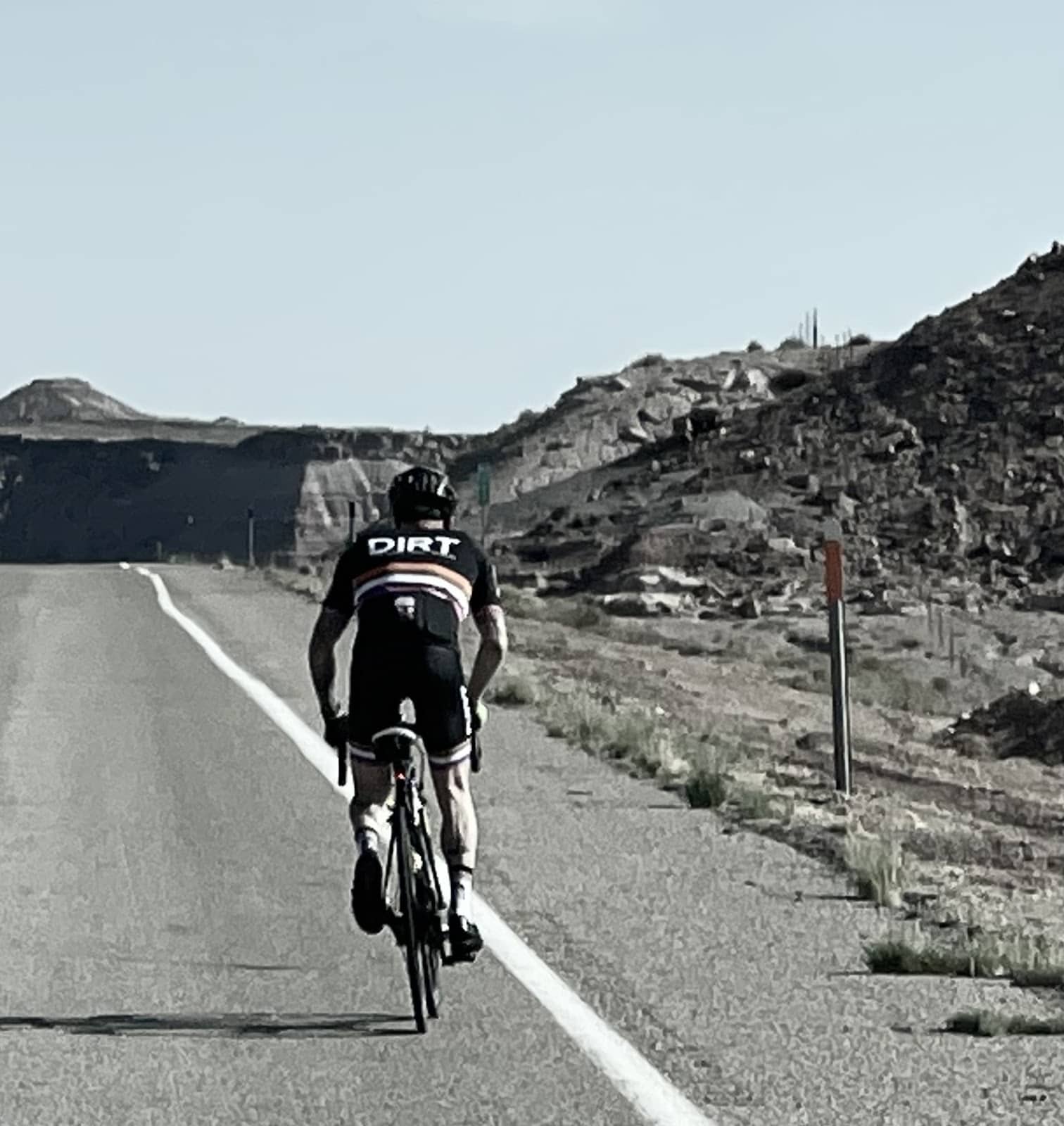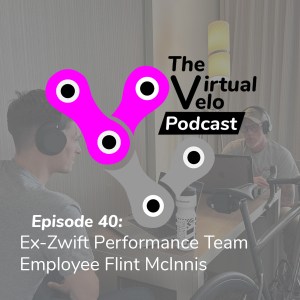- December 25, 2021
- No Comments
PHA is an efficient and effective combination of strength and cardiovascular training for any cyclist!
Peripheral Heart Action (PHA) Training is a system of conditioning developed by Dr. Arthur Steinhaus of the University of Michigan and former president of the Academy of Physical Education.
Dr. Steinhaus created PHA with the concept of elevating metabolism by consistently maintaining blood circulation throughout the body during an entire resistance (weight lifting) training session.
Perform Five to Six exercises in immediate succession with no recovery and at a medium intensity.
The critical component of PHA is to carefully choose exercises to stress the upper and lower body muscles alternatively. That is, each lower-body move follows an upper-body one with no rest period separating them.

Proponents of PHA hypothesize that exercises performed in this way provide the appropriate stress for the cardiovascular system to adapt.
The American College of Sports Medicine in 2013 recommended resistance exercise as a part of a comprehensive exercise program to reduce cardiovascular risk in healthy and hypertensive populations. In healthy subjects, while at rest, resistance exercise decreases blood pressure and resting heart rate.
A 2015 study published in the European Journal of Applied Physiology compared PHA to high-intensity interval training (HIIT). While the PHA group showed more significant improvements in measuring several cardiovascular markers and upper and lower body strength, the HIIT group did have a superior increase in maximum aerobic capacity.

The Potential Benefits of Peripheral Heart Action Training
- The continuous increase in blood flow is likely more effective in removing the metabolites that contribute to fatigue, like carbon dioxide.
- Overall volume and intensity of the training session are increased by exercising continuously between different muscle groups compared to rest in between, allowing for a greater workload.
- Increased blood flow to the arms, hands, legs, and feet with a subsequent improvement in cellular metabolic activity.
- Total body resistance exercise training helps to maintain skeletal mass and density, decreasing the likelihood of osteoporosis.
The Components of a PHA Training Program
- Select a series of 5 or 6 exercises that alternate between the upper and lower body.
- Perform 10 to 12 repetitions of each exercise.
- Move quickly on to the next exercise without rest or recovery in between each.
- Perform each exercise at a medium intensity.
- Complete 5 or 6 cycles of the chosen exercises with no rest between cycles.
- Be sure to warm up and cool down sufficiently.
Conclusion: Implication of PHA for Virtual Cyclists
Incorporate PHA training into a cyclist’s training plan as a highly efficient and effective means to build upper and lower body strength while facilitating peripheral blood flow and improving cardiovascular response.
The alternating nature of the exercise movements, performed at a moderate intensity, allows the cyclist to maximize the workload in the shortest time without being limited by excessive muscle fatigue.
By designing the program to address specific muscle imbalances common to cyclists, focusing exercise choice on the glutes, and improving flexibility in the hip flexors, a PHA program becomes of even greater importance and benefit. To performance improvement and injury prevention.
In short, PHA training is an excellent way to include strengthening and addressing musculoskeletal problem areas in a time-sensitive manner while realizing a potential endurance and cardiovascular benefit in the process.
If you agree that off-the-bike strength training is essential for you, this is just another way to approach it, potentially producing benefits not seen in more traditional programs.
What do you think?
Does alternating exercises to do a greater amount of work in a shorter period make sense to you? Whether it provides a cardiovascular benefit or not? Your fellow virtual cyclist would like to hear your thoughts.
To subscribe to the Zommunique and receive more informative and entertaining articles like this one sent directly to your inbox, click here!
Semi-retired as owner and director of his private Orthopedic Physical Therapy practice after over 20 years, Chris is blessed with the freedom to pursue his passion for virtual cycling and writing. On a continual quest to give back to his bike for all the rewarding experiences and relationships it has provided him, he created a non-profit. Chris is committed to helping others with his bike through its work and the pages of his site.
In the summer of 2022, he rode 3,900 miles from San Francisco to New York to support the charity he founded, TheDIRTDadFund. His “Gain Cave” resides on the North Fork of Long Island, where he lives with his beautiful wife and is proud of his two independent children.
You will read him promoting his passion on the pages of Cycling Weekly, Cycling News, road.cc, Zwift Insider, Endurance.biz, and Bicycling. Chris is co-host of The Virtual Velo Podcast, too!












